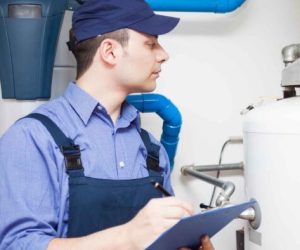
When putting in or changing a water heater, one of the maximum unnoticed but essential elements is the breaker size....

When putting in or changing a water heater, one of the maximum unnoticed but essential elements is the breaker size....
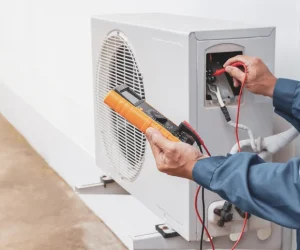
When summer time season temperatures rise, your air conditioner turns into the maximum precious equipment in your own home. But...
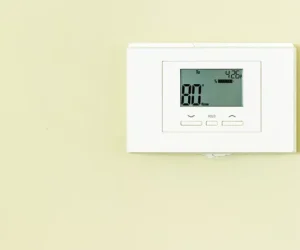
Have you ever noticed a small button or switch labeled “EM Heat” on your thermostat and wondered what it does?...
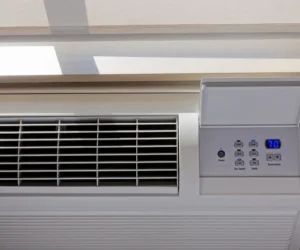
When the temperature begins offevolved rising, one of the best approaches to preserve your house cushty is via way of...
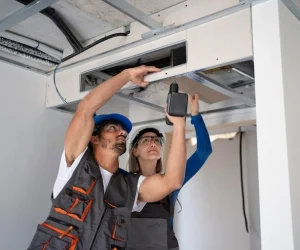
When the summer heat hits hard, having a reliable cooling system isn’t just a luxury — it’s a must. Before...
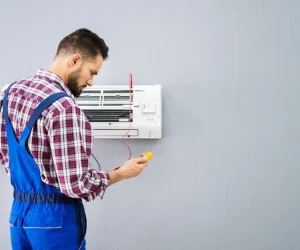
When your air conditioner stops working on a warm day, the first thing most homeowners think about is how much...

When your heating or cooling gadget stops working, one of the first things you possibly surprised by is: how much...
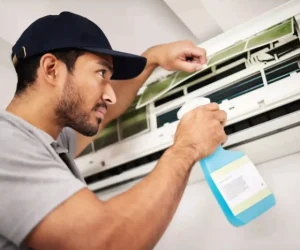
If you`re questioning how much does AC cleansing service costs, you`re no longer alone. A smooth air conditioner now no...
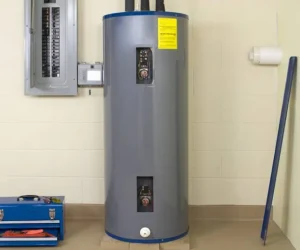
If your warm water all of a sudden turns cold, you`re probably questioning how to repair an electric hot water...
Useful Links
Contact Information
Business Hours